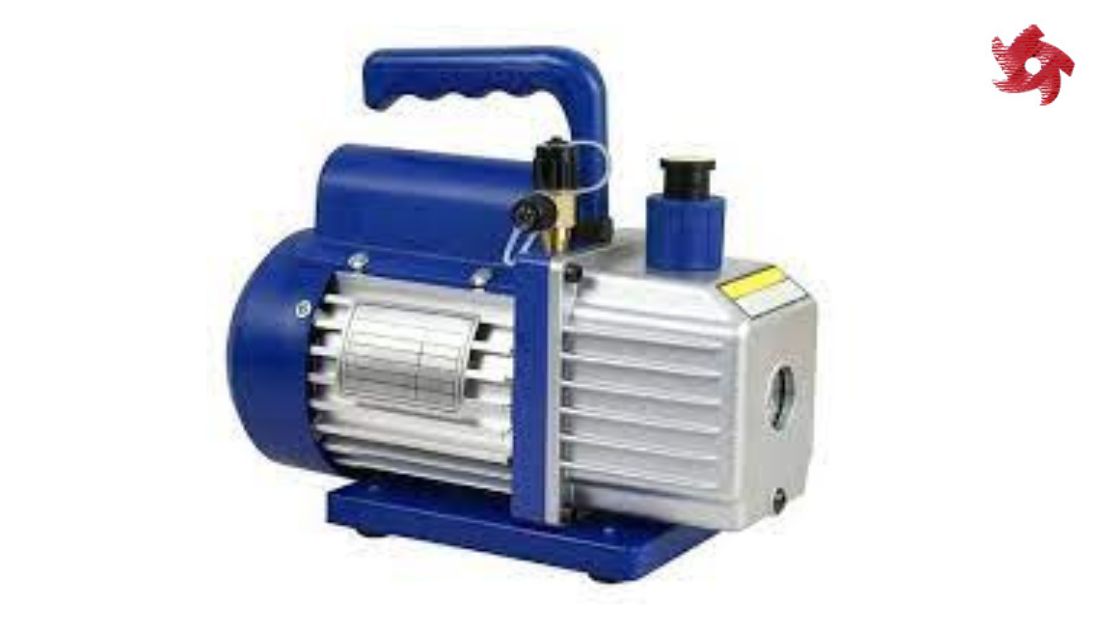Vacuum Pumps

Vacuum pumps are devices used to remove air and other gases from a sealed space to create a vacuum or low-pressure environment. They are widely used in various industries and applications, including scientific research, manufacturing, medical equipment, and HVAC systems. Vacuum pumps operate by reducing the pressure within a system, causing gases to be evacuated or collected. Here are some common types of vacuum pumps:
- Rotary Vane Vacuum Pump: Rotary vane pumps use rotating vanes or blades to create a vacuum. The vanes trap and compress gas, reducing the pressure within the pump. These pumps are commonly used for general vacuum applications and can achieve moderate vacuum levels.
- Diaphragm Vacuum Pump: Diaphragm pumps use a flexible diaphragm that moves up and down to create a vacuum. As the diaphragm moves, it creates a pressure difference that draws in and expels gases. Diaphragm pumps are often oil-free and suitable for applications that require clean, dry vacuum conditions.
- Scroll Vacuum Pump: Scroll pumps use two interleaved spiral-shaped scrolls or plates to compress and trap gases. As the scrolls rotate, the gas is drawn into the spiral and compressed towards the center, creating a vacuum. Scroll pumps are known for their oil-free operation, low vibration, and quiet operation.
- Liquid Ring Vacuum Pump: Liquid ring pumps use a rotating liquid ring, typically water or oil, to create a vacuum. The liquid ring creates a seal and compresses gases as the impeller rotates. These pumps are often used in applications that handle wet or corrosive gases.
- Turbo Molecular Vacuum Pump: Turbo molecular pumps use high-speed rotating blades to create a high vacuum. Gas molecules are accelerated and expelled by the rotating blades, creating a pressure differential. These pumps are commonly used in high-vacuum applications, such as semiconductor manufacturing and research laboratories.
- Ion Vacuum Pump: Ion pumps use an electric field to capture and remove gas molecules. They work by ionizing gas molecules and accelerating the ions towards electrodes, where they are trapped and removed from the system. Ion pumps are capable of achieving very high vacuum levels.
Choosing the right vacuum pump depends on factors such as required vacuum level, flow rate, gas compatibility, and application-specific requirements. It’s important to follow manufacturer guidelines for installation, maintenance, and safety considerations when operating vacuum pumps.
Related Links
Multiple keywords
pumpmanufacturer, pump, aoddpump, aodd, aoddpumps


